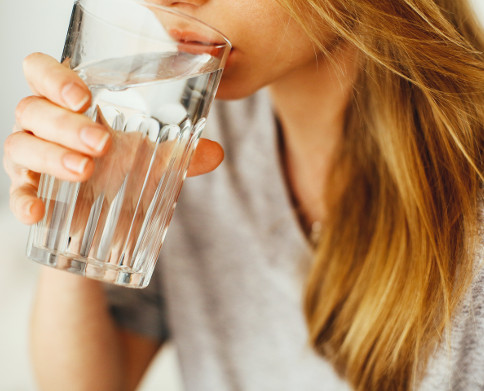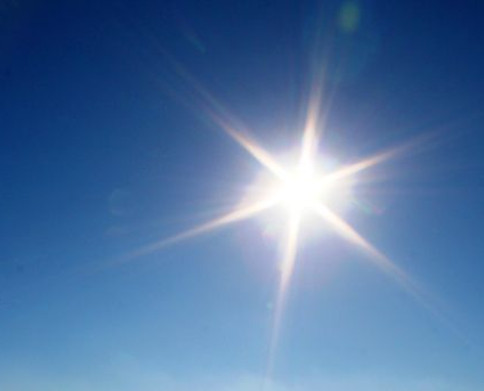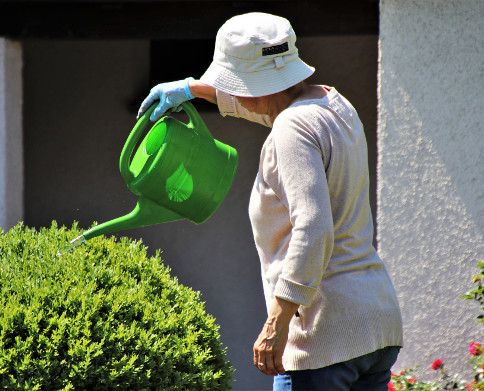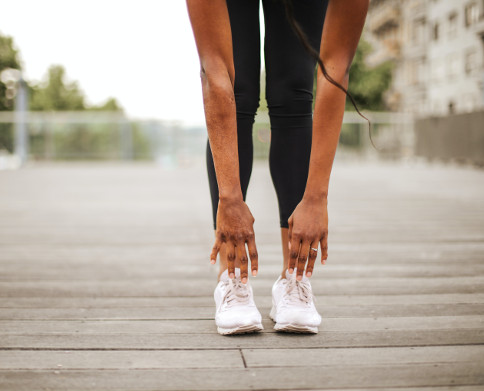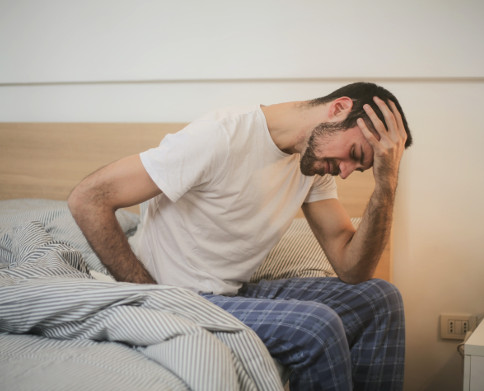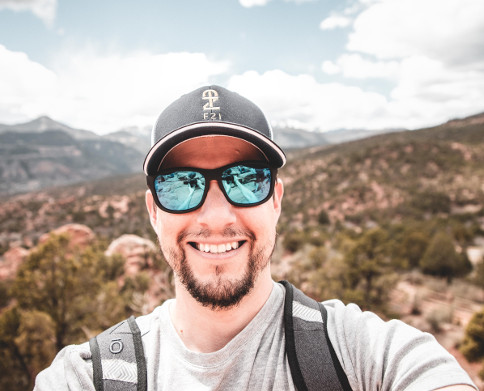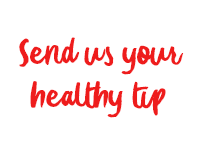During the summer, an increase in temperatures can affect our health. It is advisable to follow some recommendations and maintain a series of preventive measures on the hottest days to avoid possible negative effects on our health.
Precautions are especially important among the most vulnerable groups: the elderly, infants and children under the age of four, people with cardiovascular, respiratory and mental illnesses, with chronic diseases, or with difficulties in adapting to the heat, among others.

